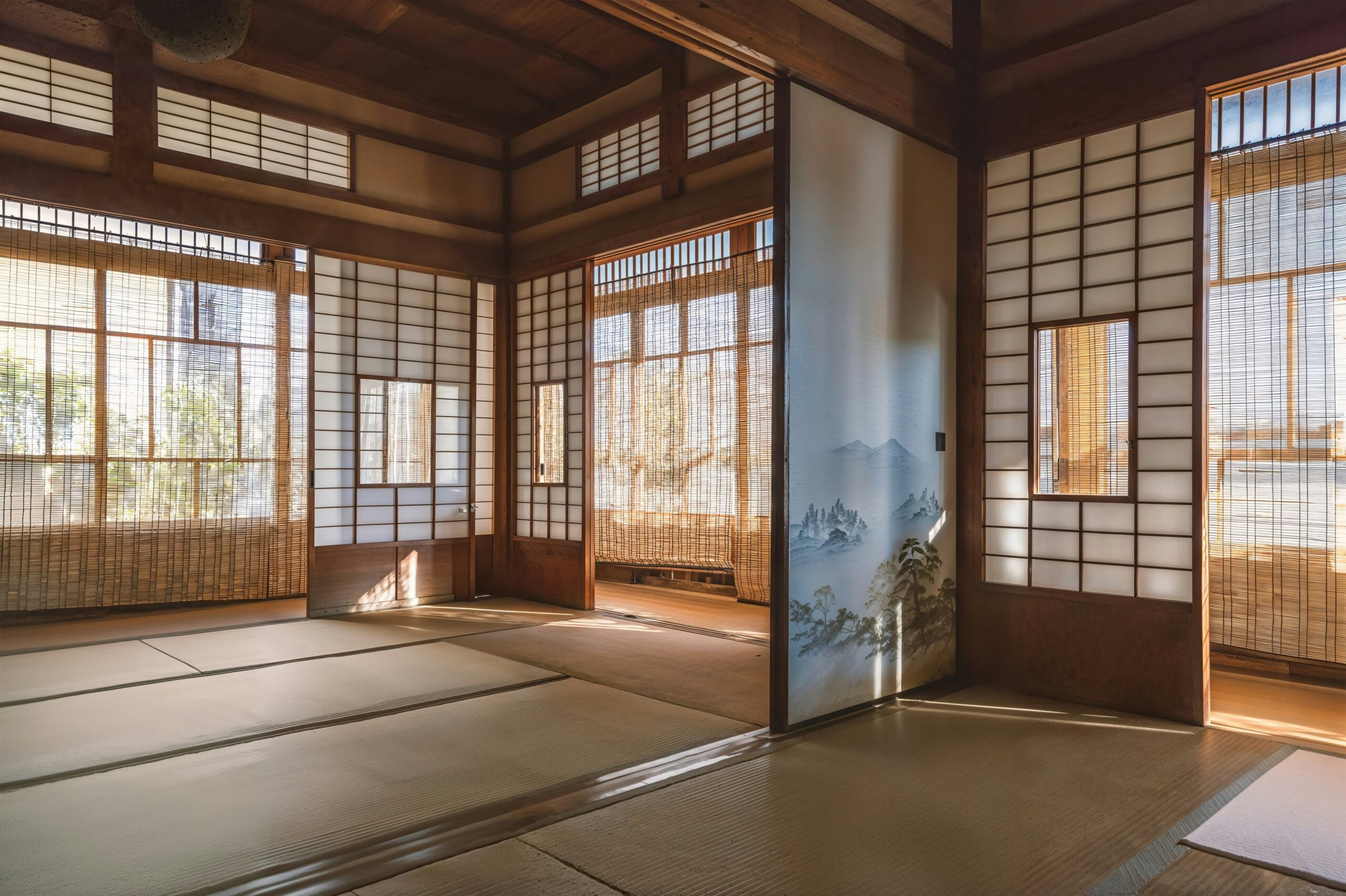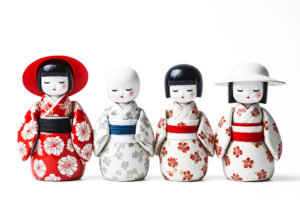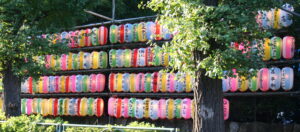In the heart of traditional Japanese architecture lies a feature so profound yet so elegantly simple that it bridges the realms of art, function, and culture. This feature is the Shoji, Japan’s iconic sliding door, which has played a pivotal role in defining the aesthetic and cultural landscape of Japanese living spaces for centuries. Known for its translucent beauty and the harmonious balance it brings to interiors, the Shoji embodies the essence of Japanese minimalism and its deep-rooted philosophy of harmony with nature. As we delve into the intricate world of Shoji, we unveil the layers of history, craft, and innovation that have shaped this remarkable element of Japanese design.
Shoji: Unveiling Japan’s Iconic Sliding Doors
Shoji, the traditional Japanese sliding doors, have captivated the imagination of architects and designers worldwide. These doors, characterized by their wooden lattice frames covered with translucent paper, serve not just as functional elements of privacy and separation, but as profound symbols of Japanese aesthetic sensibility. Shoji doors glide open and close with a gentle push, offering a seamless flow between interior spaces and the natural world outside. Their simplicity in design belies the intricate craftsmanship required to create them, reflecting a design philosophy that values harmony, balance, and the beauty of natural materials.
The Origins of Shoji: A Historical Perspective
The history of Shoji doors dates back to the Heian Period (794-1185), evolving from Chinese influences that permeated through Korea and into Japan. Initially, these doors were made of thick paper placed over wooden frames, without the translucent qualities they are known for today. Over the centuries, the design of Shoji evolved, incorporating thin, translucent washi paper that allowed light to filter through, transforming the interior atmosphere. This evolution marked a shift towards a more refined aesthetic and practical functionality in Japanese architecture, emphasizing the importance of natural light and the interaction between indoor and outdoor spaces.
Constructing Tradition: How Shoji Doors Are Made
The construction of Shoji doors is a meticulous process that requires precision and skill. Artisans begin with the creation of the wooden frame, typically made from hinoki (Japanese cypress) or other fine woods, known for their durability and beauty. The lattice work, or kumiko, is then carefully assembled, forming patterns that range from simple geometric shapes to intricate designs. Finally, washi paper, made from the fibers of the kozo (mulberry) tree, is applied to the frame, its translucency and texture adding a soft, diffused light to the room. This process, passed down through generations, underscores the craftsmanship and attention to detail that defines traditional Japanese artistry.
Beyond Paper and Wood: The Materials of Shoji
While traditional Shoji doors are made from wood and washi paper, modern innovations have introduced a variety of materials into their construction. Contemporary Shoji may incorporate materials such as glass, acrylic, or other modern papers that emulate the translucency and texture of washi, offering increased durability and new aesthetic possibilities. These advancements allow Shoji to adapt to modern architectural demands while maintaining their essential character, merging tradition with innovation.
Shoji in Modern Architecture: A Cultural Fusion
In modern architecture, Shoji doors have found a place beyond the traditional Japanese home, becoming a symbol of cultural fusion and contemporary design. Architects around the world have incorporated Shoji-inspired elements into a variety of spaces, from residential homes to commercial buildings, blending the traditional Japanese aesthetic with modern materials and technologies. This fusion highlights the versatility of Shoji, proving that traditional design elements can be reinterpreted in innovative ways to meet the changing demands of contemporary living.
The Aesthetics of Shoji: Elegance and Simplicity
The aesthetic appeal of Shoji lies in its elegance and simplicity, embodying the Japanese principle of "less is more." The minimalist design, characterized by clean lines and natural materials, promotes a sense of tranquility and Zen-inspired beauty. Shoji doors not only serve as functional elements but also as transformative pieces of art, their translucent panels casting soft shadows and creating a play of light that enhances the ambience of any space. This interplay of simplicity and elegance makes Shoji a timeless feature of Japanese design.
Light and Shadow: The Unique Ambiance of Shoji
Shoji screens play a pivotal role in shaping the ambiance of a space through their unique interaction with light and shadow. The translucent washi paper diffuses natural light, creating a soft, inviting glow that changes throughout the day. This dynamic interplay of light and shadow adds depth and texture to the room, fostering a serene and contemplative environment. The subtle gradations of light also reflect the changing seasons, connecting the indoors with the natural rhythms of the outdoor world.
Shoji Maintenance: Preserving Beauty Over Time
Maintaining the beauty of Shoji doors requires regular care, given their delicate materials. Traditional washi paper, while durable, can tear or become damaged over time and may need replacement. Fortunately, the design of Shoji allows for easy repair, with the paper panels being replaceable without the need to dismantle the entire door. Regular dusting of the wooden frames and gentle cleaning of the paper with a soft brush or cloth can keep Shoji looking pristine, ensuring their beauty endures for years to come.
Customizing Shoji: Tailoring Tradition to Modern Needs
The adaptability of Shoji screens allows for customization to meet modern needs and personal tastes. From altering dimensions to fit specific spaces to incorporating modern materials for enhanced functionality, Shoji can be tailored to suit a variety of architectural styles and preferences. Custom designs can range from traditional patterns to contemporary geometric shapes, offering endless possibilities for personalization. This flexibility ensures that Shoji remains relevant and cherished in both traditional and modern settings.
Shoji Screens in Interior Design: Versatility and Style
In interior design, Shoji screens offer versatility and style, serving multiple functions from room dividers to window coverings. Their ability to seamlessly blend with different décor styles, from minimalist to eclectic, makes them a popular choice among designers seeking to add a touch of elegance and functionality to their projects. Whether used to create privacy, enhance natural lighting, or simply as a decorative element, Shoji screens add a distinctive character to any space, embodying the principles of balance, harmony, and natural beauty.
Spiritual Significance of Shoji in Japanese Culture
Beyond their aesthetic and functional roles, Shoji screens hold a deep spiritual significance in Japanese culture. They symbolize the transient nature of life, with their delicate materials and the interplay of light and shadow reflecting the impermanence and beauty of existence. Shoji also embody the Japanese concept of ma, the thoughtful use of space that encourages contemplation and mindfulness. This spiritual dimension of Shoji elevates them from mere architectural elements to profound expressions of Japanese philosophy and way of life.
Beyond Japan: Shoji’s Influence on Global Design
The influence of Shoji on global design is a testament to their universal appeal and adaptability. From minimalist interiors in Europe to contemporary homes in North America, Shoji-inspired designs have found resonance across cultures, inspiring designers and homeowners alike. This cross-cultural adoption underscores the universal human desire for spaces that evoke calm, beauty, and a connection to the natural world. As Shoji continue to inspire global design, they serve as a bridge between tradition and innovation, art and architecture, East and West.
The art of Shoji, Japan’s iconic sliding doors, offers more than just a window into the soul of traditional Japanese architecture; it reveals a profound understanding of space, light, and nature that transcends geographical and cultural boundaries. As we have explored the origins, craft, and evolving significance of Shoji, it becomes clear that these elegant screens are not merely architectural features but are emblematic of a deeper cultural ethos that values harmony, simplicity, and the delicate balance between the human and natural worlds. In the fusion of tradition and modernity, Shoji continue to captivate and inspire, reminding us of the timeless beauty and enduring appeal of Japanese design.








